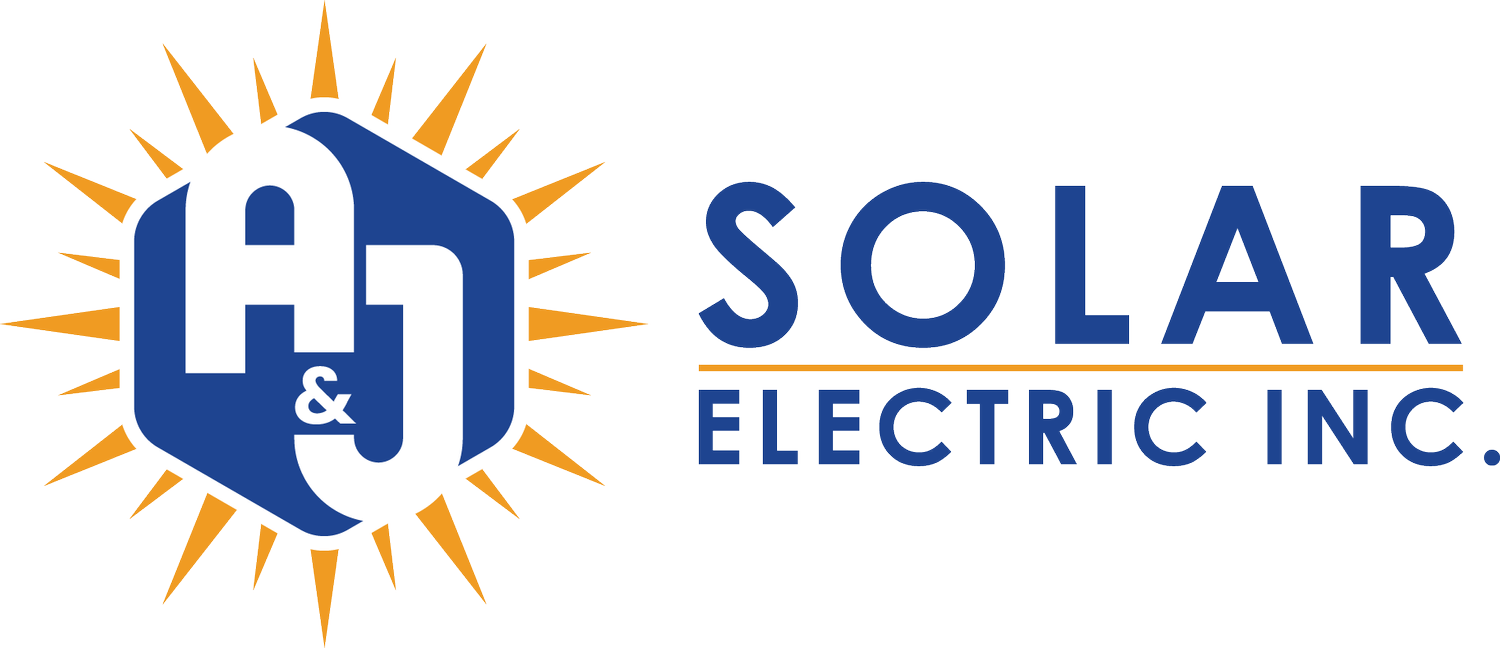Finance
-
If you are choosing a cash purchase, your installer will set up progress payments, or benchmarks, during the project when predetermined amounts are due to the installer.
1. “Down Payment/Deposit” – $1,000 is typically due by the time your site visit is completed.
2. “Approval of Site Designs” – $2,000 is due when you approve your ‘final site designs’ from the installer.
3. “Delivery of Materials” – 80% of the remaining balance is due either when the equipment is delivered to you, or on the first day of installation.
4. “Final Building Inspection” – The rest of the remaining balance is due once your project passes the city’s building inspection.
If you don’t have the cash in a savings account, many homeowners choose to do a HELOC (Home Equity Line of Credit), a loan where the collateral is the borrower’s home equity.
-
Interest rates vary, so be sure to check what Annual Percentage rate you qualify for with that specific financier.
Solar.com works with multiple financing partners and will assist the homeowner through this process.
Our top-rated financier is HaHa Smart.
1. They have the lowest contractor fees in CA
2. They allow a one-time re-amortization option, (which most customers use their tax credit allotment for)
3. Has no prepayment penalties on the loan
4. They have the lowest interest rate for a 12-year solar loan.
-
You can rent a solar system for 20 years through a Fixed-Monthly Lease, or through a Power Purchase Agreement, where a financier finances the installation, and the homeowner pays them over 20 years through a kilowatt-per-hour payment structure.
Both options are likely to have an escalator rate or a percentage by which the initial rate will increase every year. This rate can range from 0-4% per year.
